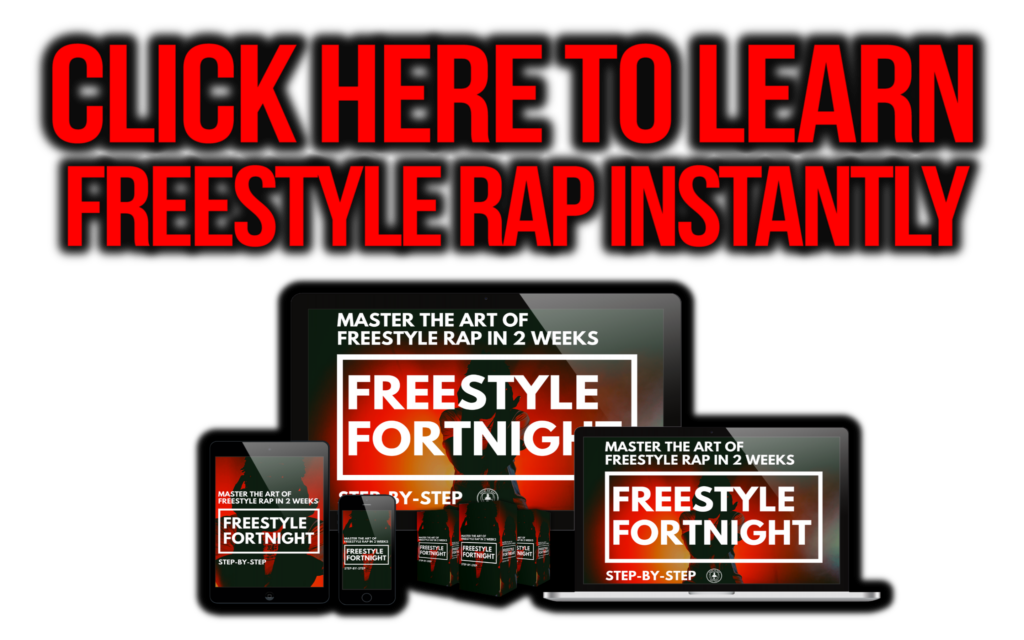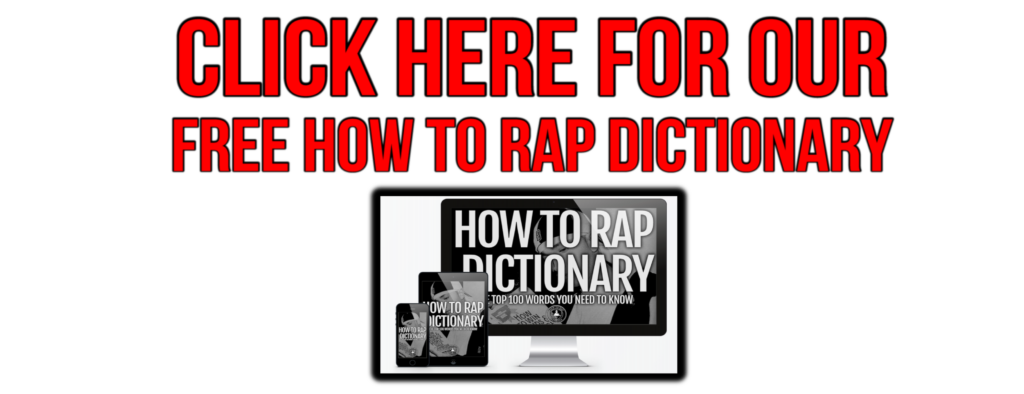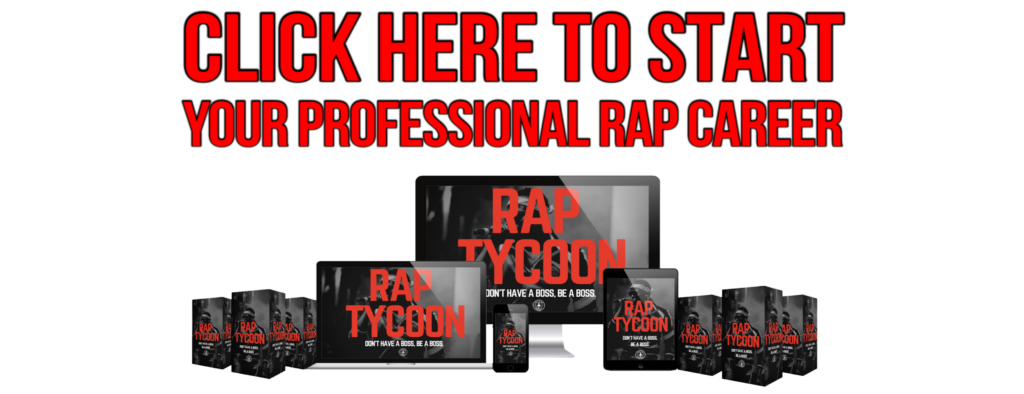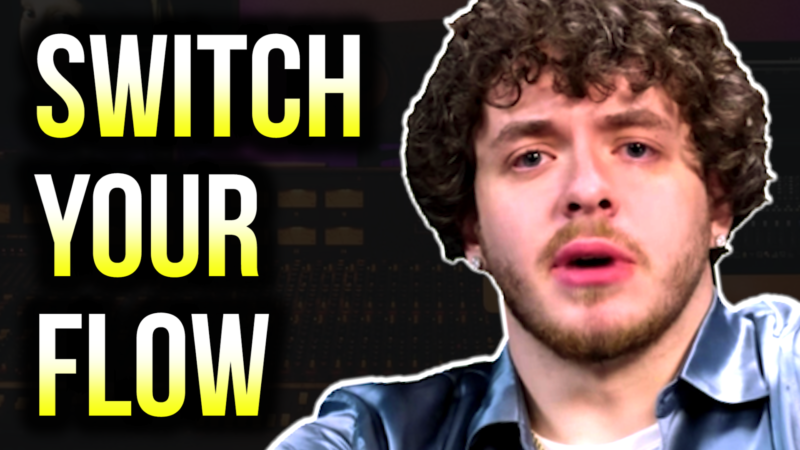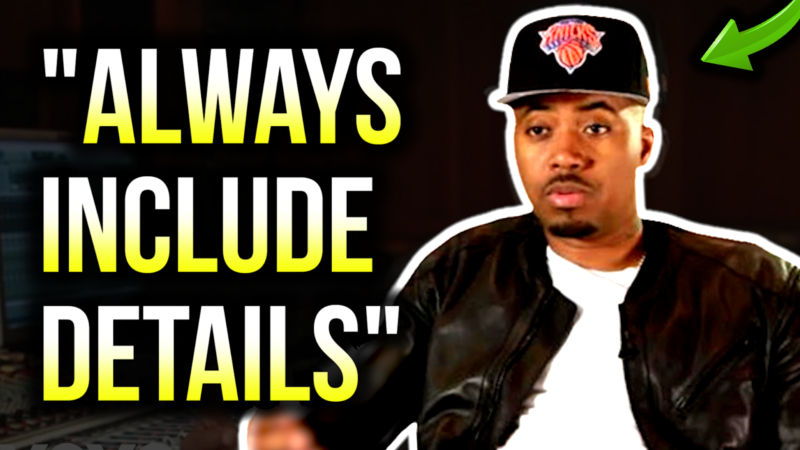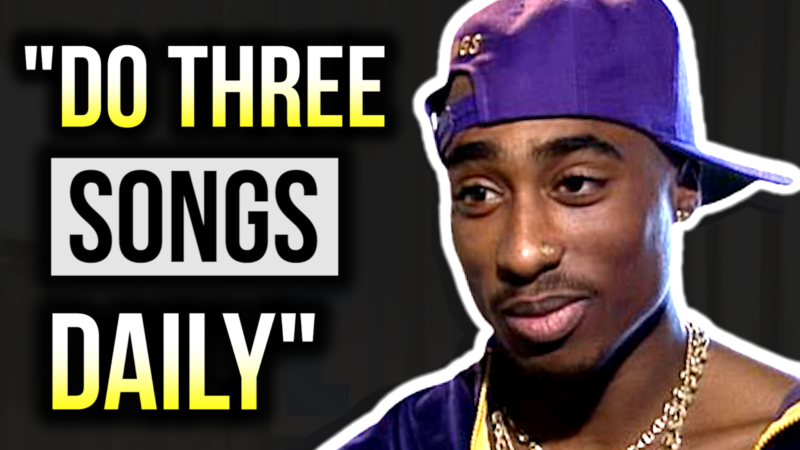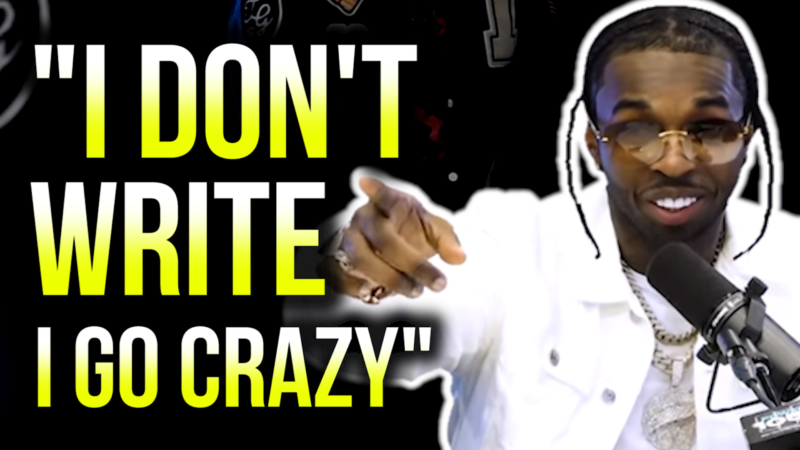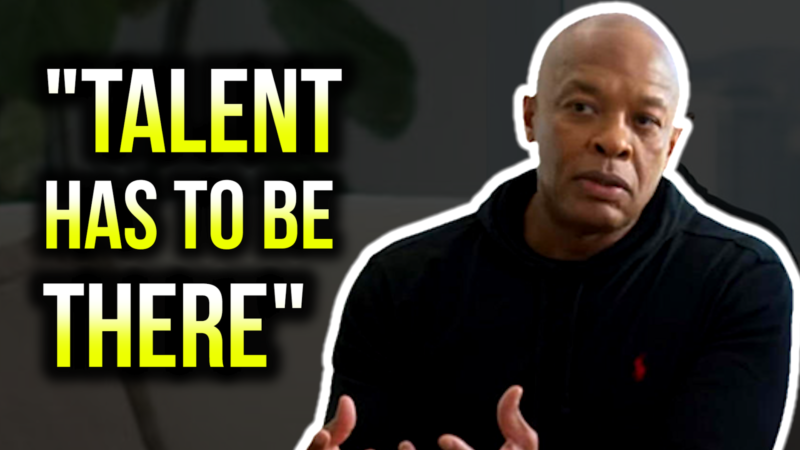How To Write Songs Like Juice Wrld In 4 Simple Steps
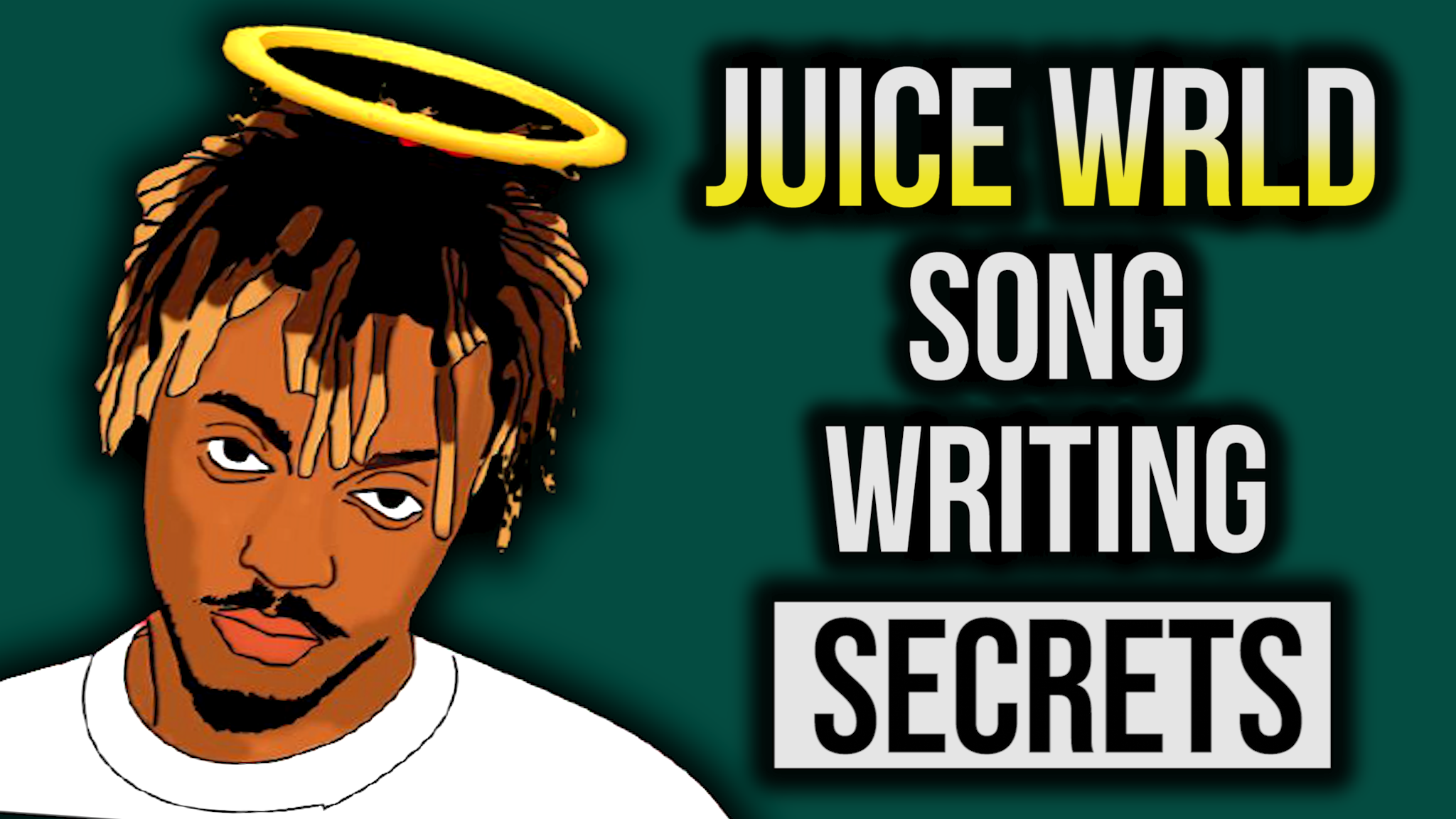
In today’s article, we’re going to show you how to write songs like Juice Wrld in 4 simple steps.
Juice Wrld’s prodigious musical output, melodic agility, and cultural impact is still reverberating through the industry today, and while many videos on YouTube champion his abilities…
…There have been few if any that have show in a systematic manner exactly how to write songs like Juice Wrld and how his songwriting can be used as a jumping off point for the creative sounds of the next generation of musical artists.
So, if you’re a rap artist attempting to improve their songwriting craft or simply a fan of the songs of Juice Wrld, this is the article for you.
#4 Speed-Up, Slow-Down Tempos
The first key to understanding how Juice Wrld constructed songs in such a way that almost immediately blasted him into musical prominence is understanding what music sounded like BEFORE his came into fame.
Melodic rap-singing prior to Juice Wrld was often comprised of longer held notes and easy to follow melodic lines without much complexity.
The 808’s and Heartbreak era of Kanye West, the work of Kid Cudi, and the pop songs of Drake all inhabited this admittedly infectious style of rap-singing. Those artists’ 2010’s hits were mainly made up of long, slow notes and big choruses.
When Juice Wrld’s “Lucid Dreams” rose into the national spotlight, the chorus was filled with many more words – but still with a strong melody – than previous rap-singing anthems of that era.
Compare the amount of words in the chorus of “Lucid Dreams” to the amount of words of “Day N’ Nite” by Kid Cudi or “Paranoid” by Kanye West for example.
This word-stacked chorus comes in stark contrast to the verse section of “Lucid Dreams” holds longer notes during the “you left me falling and landing inside my grave”…
Which brings us to our #4 step on how to write songs like Juice Wrld: utilize Speed-Up, Slow-Down tempos. In other words use the contrast of lyrically stacked and word-heavy sections with longer note portions of the song.
We’ve already discussed how “Lucid Dreams” has a word-heavy chorus to contrast the simpler verses, now we can look at Juice Wrld doing the reverse in a song like “Lean Wit Me”.
In this case, he begins with a word-heavy intro from the line “what’s got me sweating but the room getting colder” that rolls into the simpler chorus in the “lean with me… pop with me” hook.
Therefore, the rule of speeding up and slowing down tempo to write songs like Juice Wrld isn’t limited to only word-heavy choruses and simpler verses. They can be used in reference for the same effect.
Now that you know what to listen for, have your ears tuned into the different “tempo contrasts” Juice used through different sections of his songs.
#3 High-Low Melody Contrast
Now, this use of contrast is not only limited to the tempo (or speed) of his words.
Juice Wrld also lifted some inspiration from the Kanye Wests and Drakes of the world by utilizing the contrast of high melodies alongside low melodies to maximum effect.
A song like “Say You Will” by Kanye West where the verse is a very low register and the chorus is an epic “wide” set of high notes helped set the sonic landscape for Juice to come in and expand what is possible musically in rap-sung performances.
For example, listen to the chorus of “All Girls Are The Same” for example where the hook itself is sung in a higher register…
…And yet that contrasts quite a bit with lower tone notes of the verses within the song.
This is even clearer on a track like “Wasted” featuring Lil’ Uzi Vert where Juice has a low register chorus, then starts the first 4 bars (bars in this case meaning lines of rap) of his verse with a high-note set of lines through a walkie-talkie filter, and then returns to the more conversational sounding low notes for the middle of the verse.
Therefore, in addition to speeding up and slowing down the tempo of your words, to get a Juice Wrld-like feel to your songs, double-check that you have a strong contrast of high lows and low notes throughout your tracks.
Now, notably Juice Wrld’s influence on this high-low melodic sound was passed on to his protege Australian rapper The Kid Laroi, who we’re doing a releasing a video on next week, so be sure you’re subscribed or if you’re watching this after it’s released… I’ll link it in the video description.
With that being said, due to the rap-singing nature of Juice Wrld’s style, sometimes you can keep the same lyrics and flow and just change the high and low notes to utilize this step to improve the songs you already have.
Those changes to your track will definitely be noted by the audience and give more of a dynamic sound to the bars.
#2 2-Bar Flow Changes
Indeed, changing the emotional feel of bars is one of the keys to Juice Wrld’s sound.
Juice Wrld often changes the melody and flow of his songs almost every 2 bars.
Again, compare this to a Drake who can stay on one melodic line for 4 bars, like he does in the beginning of Certified Lover Boy’s “Fair Trade”.
In Juice’s case, by changing his flow every couple of bars it retains the “old school rap” feel to his verses and choruses, because “lyrical rap” usually has a lot of flow changes in quick succession…
…But because Juice Wrld is adding melody, it gives it an almost water-like quality to his verses where you never know what’s coming next.
(You really never know what’s coming next, like this unexpected reminder to hit the LIKE button on the YouTube version of this article so that it gets pushed up in the algorithm and more people can understand the science of Juice Wrld’s influence on modern pop music)
Anyway, re-listen to a song like “Robbery” on Death Race For Love, where the first verse changes flow and melody every couple of bars but in fact often changes verse 1 bar to maintain that fluid quality of the music.
This stands opposite to the rather straightforward instrumental of the song where a few distance and easy-to-remember piano notes are played throughout the background.
“Hear Me Calling”, produced by one of my best friends in the world in real life, Purps On Tha Beat, similarly uses several flow changes in quick succession over the course of its verses. Compare the flows of the “break away and make a way to make it” to “gots to be joking” to “pinot grigio” to “me don’t know let me know”. All of those changes come within about 30 seconds.
These quick changes also help make us feel like Juice Wrld is speaking directly to us as an audience.
Think about it: when you’re having a conversation with somebody you know, you’re not just speaking at one specific tempo the whole time. That would sound robotic.
You’re changing speed and inflection as different topics and emotions are introduced in order to match the feeling and rapport of the conversation.
Juice Wrld uses a similar tactic to build rapport with the listener through changing the flow every couple of bars.
#1 2nd Person Conversational Tone
And yet, even the flow itself isn’t the only way Juice Wrld builds rapport with us as listeners.
He also uses a very specific phrasing of his songs that comes from classic writing theory that you probably even remember from school:
2nd Person Narrative. When you are speaking to someone in second person, you are speaking to them like I’m speaking to you now…
You, you’re, yours, and so on. In other words, when you’re speaking to another person you’re usually using second person in order to indicate that your statements are directed at them, as opposed to talking about yourself.
Now, many rappers actually use first person, meaning I, me, and mine phrasing when they’re rapping which is why a lot of mainstream rap comes off as braggadocios.
If you look back at some of the biggest braggadocios rap songs of all time from “Big Pimpin’” to “In Da Club” to “0 To 100”, most (not all but most) of their verses and lyrics are using the first person “I, me, mine” phrasing to describe themselves.
This is not to say that first person isn’t important when writing rap songs, of COURSE it is a skill that must be developed, but understanding that you have more colors in your palette, so to speak, such as 2nd person conversational phrasing is important to know as a rapper.
Juice Wrld on the other hand, flips 1st person braggadocios rap on its head and usually writes a song speaking directly to somebody like a lover.
“Lucid Dreams”, “Hear Me Calling”, and in particular “Scared to Love” are all built around a second person chorus and main subject matter.
One really good pro-tip for you songwriters is to actually make the chorus in 2nd person, meaning talking to somebody, and then make verse 1 in first person so it feels like you’re introducing the person you’re talking to AND the audience to how you’re feeling.
This is exactly how “Scared To Love” is constructed: a 2nd person point-of-view chorus and a 1st person point-of-view first verse.
Let us know in the comments: can you think of any other Juice Wrld songs we haven’t mentioned that use 2nd person to talk directly to the listener?
In any case, when you combine the elements of quick changes in melody and flow, then add in a lyrically conversational tone to your writing you begin to write songs like Juice Wrld in a very seamless fashion.
The lessons contained in this video are NOT to say you will sound or write EXACTLY like Juice.
However these ARE guides to progress for artists and fans who want to know more. Think of like Morpheus said in The Matrix – I’m just showing you the door, you have to walk through it.
Funny enough we have a video with over 300,000 views on how to freestyle like Juice Wrld and a ton of the comments are like “You can’t freestyle like him!” which kind of misses the point of letting the influence of your favorite artists develop your skills.
We would not have a Kobe Bryant without a Michael Jordan anymore than we wouldn’t have a Juice Wrld without Eminem or an Eminem without a 2Pac.
Think of these are inspirational creative espressos rather than the entire meal. Be original but also allow yourself to be influenced.

